- Solar energy blog
- The opportunity for gas utilities in a decarbonized energy system
The opportunity for gas utilities in a decarbonized energy system


Gabriel Cañadas
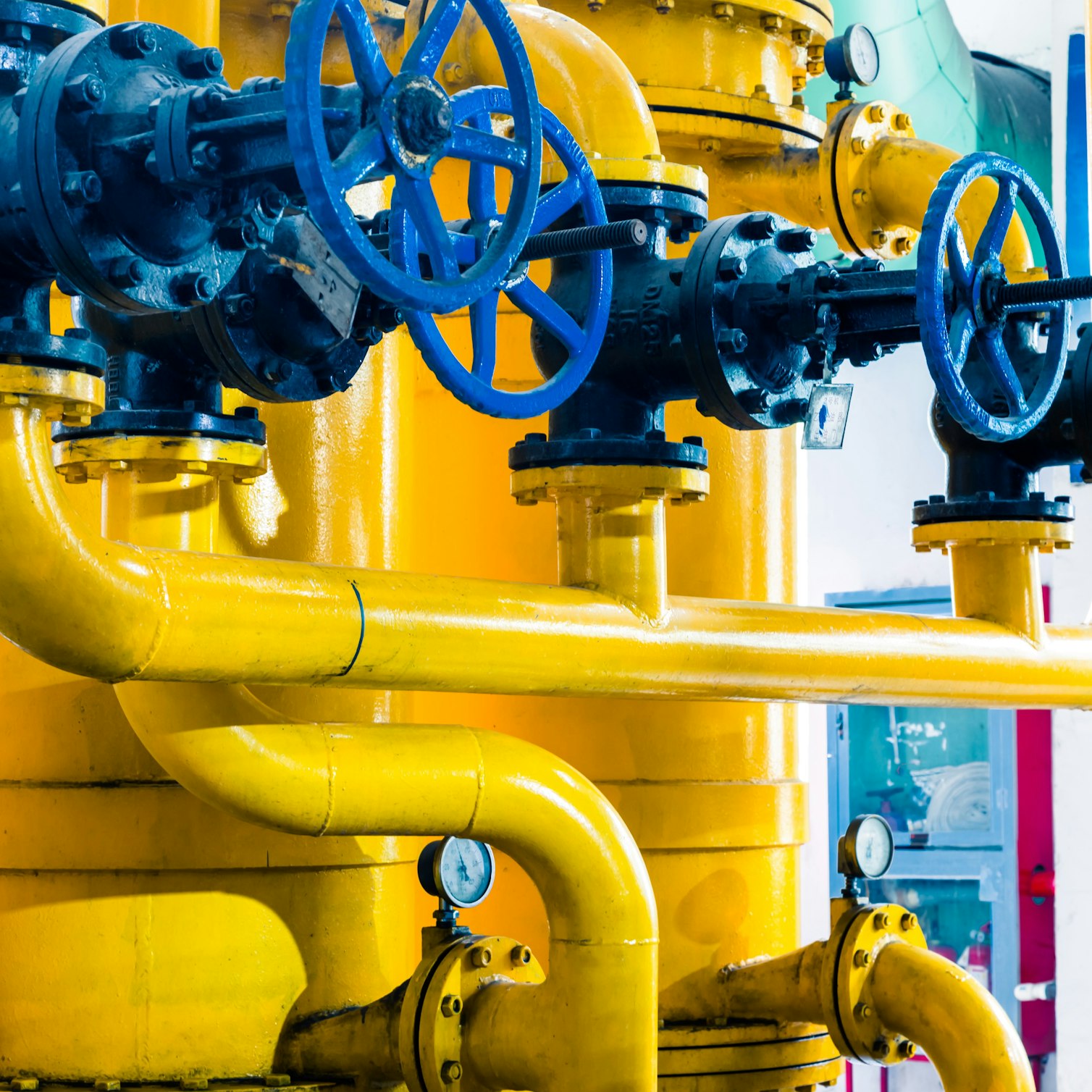
Content
Achieving a decarbonized future is key to limiting the devastating impact of climate change caused by carbon emissions into the planet’s atmosphere. Governments around the world are pledging to reach net zero emissions by 2050, promoting a shared vision of environmental sustainability.
What does decarbonization entail? For the world to be successful in reducing greenhouse gas emissions, decarbonizing the energy sector is essential. Replacing energy sourced from fossil fuels such as oil, petroleum, coal, and natural gas with low-carbon generation from solar, wind, nuclear, and green hydrogen will go a long way to reducing global carbon (CO2) emissions.
What role can utility companies play in decarbonization? What are the business opportunities? Let’s look at how gas utilities can profit from the energy transition rather than losing out on the long-term reduction in natural gas consumption.
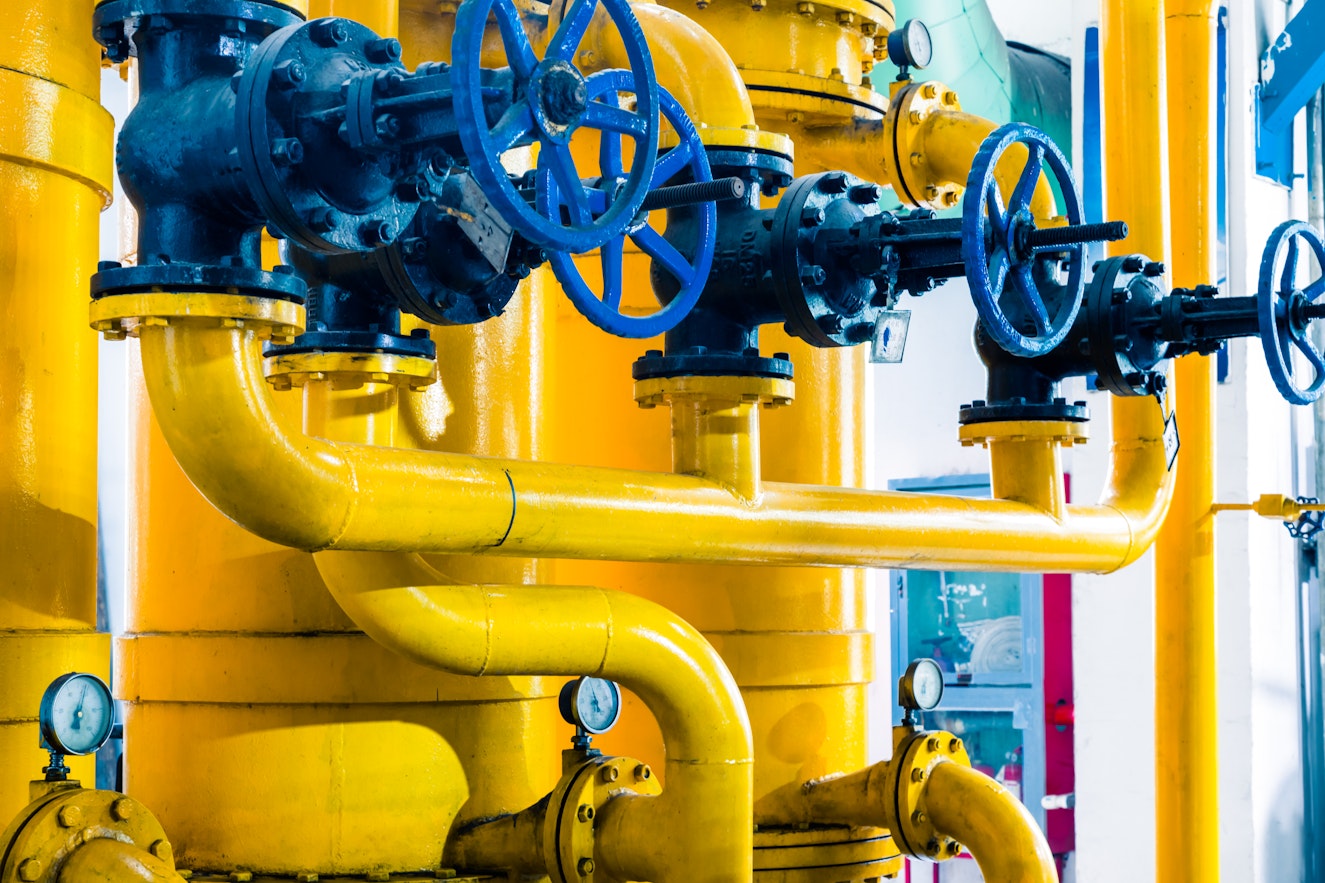
Decarbonizing gas utilities: what's the opportunity?
Gas utilities face the challenge of reorienting their businesses or getting left behind in the transition to net zero.
In the US, some states and municipalities have banned new natural gas connections or made it more difficult to obtain permits. The Biden Administration has set ambitious targets to increase the share of renewables in the power generation mix, shifting spending towards solar and wind and away from gas-fired generation.
This does not necessarily pose a threat to the natural gas sector. Local natural gas distribution companies, as well as electricity and gas utilities, have a unique opportunity to profit from this transition as they own and operate network infrastructure, meaning that they can convert to carry clean fuels.
An adapted clean gas network could deliver biofuels and hydrogen to existing gas consumers. It could also supply new consumers in the shipping and aviation industries, which are too energy-intensive for electrification to be viable. It can also transport CO2 to and from carbon capture, utilization, and storage (CCUS) facilities.
Gas utilities “have the deep energy-systems knowledge and expertise that’s needed to develop new infrastructure, comply with regulatory processes, and bring together the necessary stakeholders,” an analysis by consulting firm McKinsey notes. “In addition, they have the touchpoints needed to help educate customers on the broader energy-system transition and facilitate the changes customers might need to make.”
Reducing the contribution of natural gas to the energy system is crucial, as natural gas accounts for around 20% of global CO2 emissions. Gas combustion also accounts for around 30% of global emissions of methane, primarily from pipeline leakage.
Cost benefits of decarbonizing the US gas sector
According to data from the US Energy Information Administration (EIA), the US electricity sector produced roughly 4.11 trillion kilowatt hours (kWh) from utility-scale power plants. This resulted in approximately 1.65 billion metric tons of CO2 production, or about 0.855 pounds of CO2 emissions per kWh. Utility-scale power plants that burned coal, natural gas, and petroleum fuels were the source of about 61% of these emissions.
The EIA considers energy generated through renewable sources, such as wind, hydro, and solar, to be carbon neutral.
Taking the US as a case study on the cost benefits of the energy transition, modeling by McKinsey shows the financial benefits of the energy transition. Converting a regional natural gas system in the US into a clean fuels network could cost 20-50% less than full electrification of the clean energy network with a fully decommissioned gas system. Costs include power transmission and distribution, energy storage, renewable generation, and hydrogen pipelines.
The cost differentials can vary greatly by region, given the different climates across the US. In regions of the country that experience warm weather, the net cost of a clean fuels network is estimated to be 15-25% lower than full electrification. In cold regions where there are fewer renewable resources such as hours of sunshine, net costs could be as much as 70-80% lower. This is due to renewables being able to shoulder less of the burden in resource-scarce regions, meaning the potential savings of electrification are more pronounced.
However, savings — for example on natural gas and petroleum products — are estimated to be 5-20% lower for a clean fuels network compared with a fully electrified system.
Further benefits of gas decarbonization
There are additional advantages beyond cost savings that gas utilities can gain from CO2 emissions reduction over the long term.
Ramping up low-carbon alternatives
Rather than losing out with the reduction in consumption of fossil fuels like natural gas, gas distribution companies and utilities can retrofit their infrastructure to handle alternative fuels such as green hydrogen extracted using renewable energy. Hydrogen can be blended with methane at a rate of up to 15% without requiring a significant upgrade to pipeline infrastructure.
Gas companies can also reduce their CO2 emissions by improving their detection of leaks, repairing pipelines, and installing carbon capture technologies.
This strategy will become increasingly important over the next decade as green hydrogen and CCUS technologies advance toward commercialization.
Increasing energy efficiency
Focusing on emissions reduction through load shifting can help to limit peaks in gas and electricity demand, making it easier for transmission networks and utilities to manage energy flows.
Gas and power consumers with smart meters and hybrid appliances can switch their usage based on market price signals, shifting their consumption to times when overall demand is lower. Microgrids and battery storage can also shift load away from peak demand periods. An emphasis on energy efficiency can reduce overall consumption, optimizing the use of energy infrastructure and limiting demand for gas and gas-fired electricity.
At times when gas is still needed, for example, to supplement renewable generation or supply energy-intensive consumers, distributed green hydrogen can fill the gap. Evolving technologies to reshape energy demand and distribution could gain momentum from 2030-2040.
Entering new fuel markets
The transition to using low-carbon gases in industries where electrification is not yet viable, such as shipping, long-distance rail and road transportation, and aviation, offers the potential for gas companies to enter new markets.
Governments around the world are implementing hydrogen strategies to provide support and subsidies to this emerging industry, and innovative gas companies can establish themselves at the forefront. Hydrogen hubs could bring together producers, distributors, and major consumers in the initial phases of adoption.
As green hydrogen production develops and direct air capture technology matures, gas transmission and distribution companies and utilities could profit from building new pipeline networks as well as retrofitting their existing ones.
Repurposing gas infrastructure to handle hydrogen and other net zero fuels is expected to come into play in the 2040-2050 period.
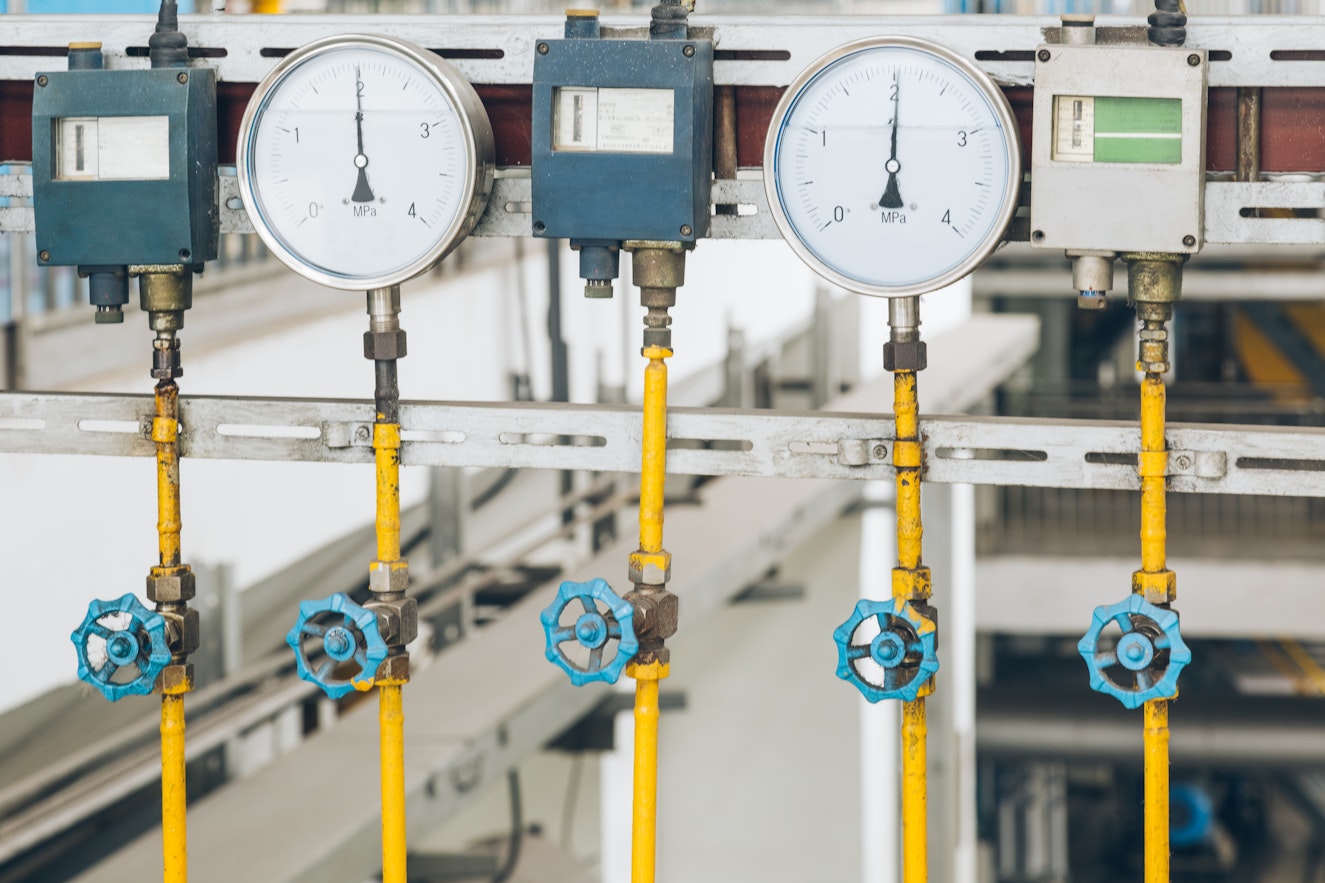
Attracting and retaining talent
Utilities focused on sustainability, decarbonization, and digitalization will have an advantage over their competitors in attracting the industry’s best talent.
Companies that demonstrate their commitment to championing environmental, social, and governance (ESG) and the latest technologies — and understanding how they are intertwined, will likely become more attractive to prospective employees. They are also more likely to foster employee loyalty and retain that talent.
Utilities can rebrand themselves as low-carbon networks playing an important role in advancing the energy transition, driving forward the green hydrogen economy, and advancing digital innovation.
RatedPower is playing its part in the clean energy transition, helping utility-scale solar developers to optimize their clean power generation projects. Check out our resources hub to learn more about renewable energy.
Latest stories
Related posts
Market analysis
Powering through the peak: Why solar + storage is gaining momentum in MENAT
Discover how MENAT is building a functioning solar economy and why rising peak demand during extreme heat is squeezing its energy architecture.
Updated 11 DEC, 25

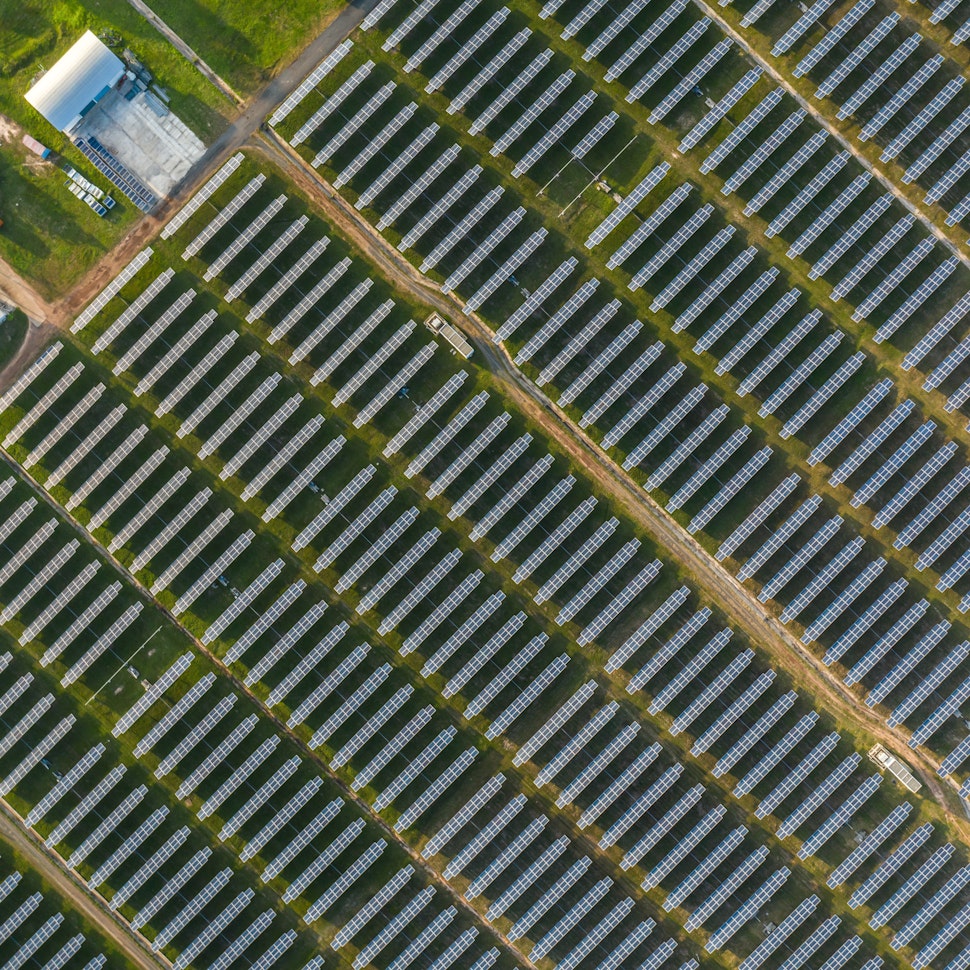
Market analysis
The rise of utility-scale PV + storage plants in Italy
Discover how Italy’s latest policies and auctions are driving utility-scale solar and battery storage projects to meet ambitious 2030 targets.
Updated 4 DEC, 25

Market analysis
From sun to socket: What Iberia’s grid needs to handle 2030 renewable targets
Discover how Spain and Portugal are upgrading their grids to meet ambitious renewable targets and prevent future blackouts.
Updated 25 NOV, 25
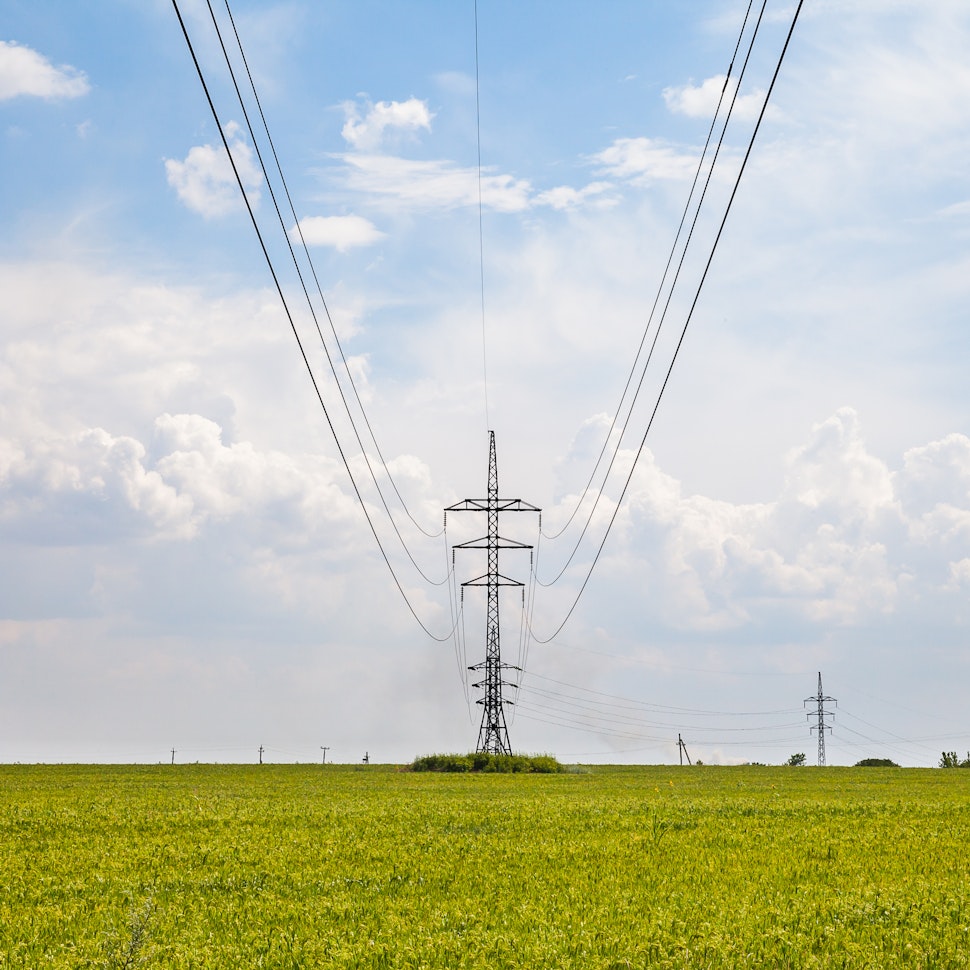
- RatedPower
- Solar energy blog
- The opportunity for gas utilities in a decarbonized energy system
 Watch a demo
Watch a demo Ask our AI Product Expert
Ask our AI Product Expert
